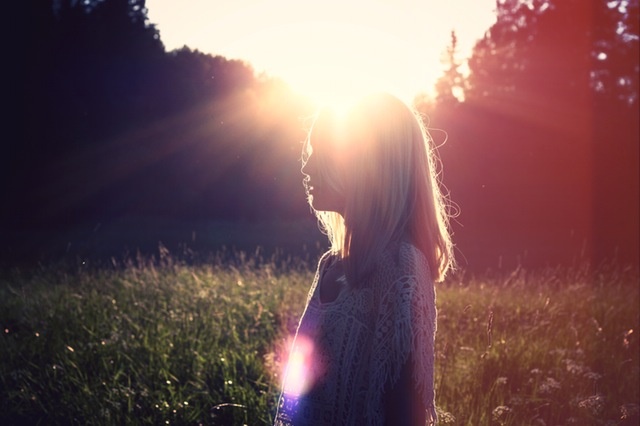At Risk for Melanoma: Why Tanning Raises Your Risk

There’s no such thing as a safe tan. According to researchers, tanning and exposure to ultraviolet (UV) light is responsible for up to 90% of all melanoma skin cancers and this type of cancer is the leading cause of cancer death for women ages 25-30 and second leading cause of cancer death for women ages 30-35.
Whether you get your rays from the sun or tanning beds, just one blistering sunburn can double your chance of getting skin cancer later and using tanning beds before the age of 30 increases your risk of getting melanoma by 75%. Those are some serious numbers, but people don’t seem to mind the risk—tanning is as popular as ever. To prevent the development of skin cancer, avoid tanning beds, sunburns, and protect your skin when you’re outside.

What is melanoma, exactly?
Melanoma is a type of skin cancer that starts in specific types of skin cells. Usually the ones that give your skin its pigment—these are called melanocytes and are the reason most melanomas are brown or black, but they can also be white, tan or pink depending on what type of skin cells the cancer is growing in. Melanoma makes up about 1% of all skin cancers but causes the most skin cancer deaths. As with any cancer, survival rates will vary depending on where the cancer is, how early it was detected, and if it has spread to other parts of the body like the lymph nodes or organs.
How does a melanoma develop?
Even though doctors aren’t exactly sure why some cells change into a melanoma and others don’t, they have found some indicators on a genetic level. We all have DNA, and when studied, researchers found that some melanomas carry specific genes that increase the risk for melanoma development. When your cells are exposed to factors like UV light that can change your body’s DNA, these genes turn off their protective mechanisms and turn on a response that allows the cell to grow and change at an abnormal rate.

What’s so bad about a tanning bed?
Tanning beds emit about 12 times more UV rays than natural sunlight. That’s why 10 or 20 minutes will get you more tan than an hour on a towel at the beach. Advertisers say that the UV exposure from the tanning beds are “healthier” than rays from the sun and that they provide more vitamin D. They also state that you need a “base tan” before venturing to the beach for a week. Both of which aren’t true.
First, tanning beds emit UVA radiation and your body needs UVB radiation to generate vitamin D. Secondly, the “base tan” idea is false as researchers have proven that getting a bit of brown before you head out into intense sun only gives you a sun protection factor (SPF) of 3.
Protect your body and know your risk
Remember that genetics can play a role in development of melanoma? Pathway Genomics is one source offering simple genetic testing to help identify genes that may put you at risk for melanoma later. In addition to testing, know how to identify changes in your skin and take steps when you are outside to protect it. Use at least an SPF 30 sunscreen daily, wear a wide brimmed hat to protect your ears and neck, and avoid the sun’s most harsh rays between 10 a.m. and 4 p.m.
Image Source; Image Source Melanoma Julie Jordan Scott

